Green Banana Benefits: 7 Key Health Advantages
Count on this nutrient-rich fruit to improve your digestive health and lower blood sugar.
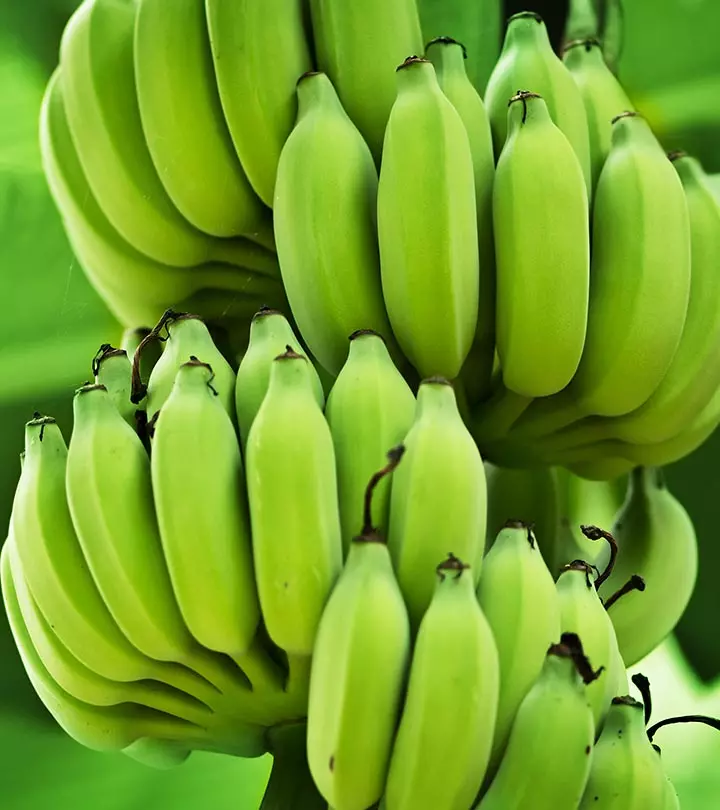
Image: shutterstock
Yellow bananas are an inseparable part of a healthy diet, and many consume them for the benefits they offer. Green bananas are their ripe version. The benefits of green bananas are numerous and are gaining the attention of many health enthusiasts. While these may differ in composition, taste, and texture from yellow bananas, the benefits they offer are similar (1). How are green bananas good for you?
For people with obesity or diabetes, green bananas serve as an excellent addition to their diet because of their highly resistant starch and fiber content.
Green banana flour is used to make pasta, which is gluten-free. It is perfect for those who are on a gluten-free diet. The flour may also manage celiac disease to some extent (2).
Learn more about green bananas, their benefits, and how they compare with yellow bananas. Read on.
 Know Your Ingredient: Green Bananas
Know Your Ingredient: Green BananasWhat Is It?
Unripe yellow bananas with high fiber and starch content.
What Are Its Benefits?
It may aid in digestion and weight loss, lower blood sugar levels, and improve heart health.
Who Can Use It?
Anyone without a latex allergy can consume it.
How Often?
It can be consumed daily in moderation.
Caution
It may trigger latex allergies which can lead to skin irritation, hives, rashes, difficulty breathing, and runny nose.
In This Article
Green Vs. Yellow Bananas

Green bananas contain some additional nutrients and benefits when compared with yellow bananas. And the presence of pectin and resistant starch in green bananas may help lower blood glucose levels and boost digestive system function.
In addition, green and yellow bananas differ in color, texture, and taste. Their composition is also slightly different.
A 2019 survey conducted on 1295 US adults found that 5% preferred green bananas, 41% preferred yellow bananas with a little bit of green, 31% preferred solid yellow, and 11% preferred yellow bananas with brown spots.
- As the banana ripens, the color of the peel turns from green to yellow.
- The high sugar content in yellow bananas gives them a sweet taste, while the green bananas are slightly bitter.
- As bananas ripen, their texture also changes drastically. From being firm, they turn mushy. Green bananas are firm and waxy as compared to yellow bananas.
- The composition is what attributes to these differences. Green bananas contain higher quantities of fiber and resistant starch. These get converted to sugar in yellow bananas.
- Green bananas are rich in vitamins A, C, E, B6, and K. They are also high in fiber, iron, calcium, magnesium, copper, zinc, manganese, and folate.
- Yellow bananas have higher levels of vitamin C and beta-carotenei Red-orange pigment found in plants, fruits, and fungi that are often used as a natural food color. than green ones. However, they contain less fiber, iron, calcium, and magnesium.
- Both types of bananas are low in calories and fat.
- Green bananas are best for baking while yellow bananas are better for eating raw.
- You can eat both types of bananas at any time of the day.
- If you want to make banana bread, use only green bananas.
In the following section, we will look at the nutrients in green bananas.
Key Takeaways
- Green bananas have nutrients like vitamins, fiber, and magnesium.
- They aid digestion and help with weight loss management.
- They improve gut health and cardiovascular health and reduce blood sugar.
- You can consume green bananas in the form of chips and smoothies or add them to yogurt.
Green Banana Nutrition
Green bananas have a similar nutritional profile as that of yellow bananas.
Various factors, such as the maturation stage, local production, and growing conditions, affect their nutritional value. They have 2-3 g of fiber and 80% of their carbohydrate content is made of resistant starch or complex carbohydrates (1).
A green or yellow medium-sized banana (100 grams) contains 2.6 g of fiber, 22.84 g of carbohydrates, 358 mg of potassium, 5 mg of calcium, 27 mg of magnesium, 22 µg of lutein and zeaxanthin, 20 µg of folate, and 8.7 mg of vitamin C. They are also rich in vitamin C (3).
Green bananas are replete with nutrients. They are especially rich in resistant starch, which, along with other minerals, offers important health benefits.
Keep reading to know how green bananas benefit us in various ways.
Health Benefits Of Green Bananas
1. May Improve Digestive Health
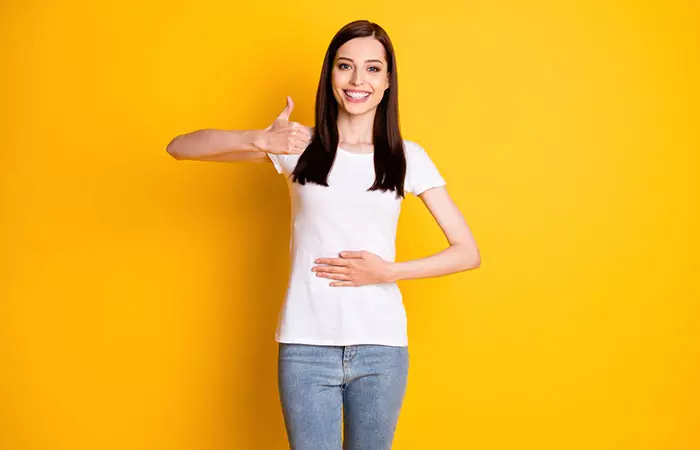
Traditionally, green bananas are known to alleviate the symptoms of constipation, irritable bowel syndrome (IBS), and other gastrointestinal issues.
Green bananas are rich in fiber. The nutrient helps in bulking up the stool and improving bowel movements. This improves the digestive process and prevents constipation. It also helps in reducing the risk of colon cancer (4).
Resistant starch is made of complex carbohydrates and is broken in the gut. This fiber acts as a prebiotic for the gut microbiome. The bacteria that live in the gut use this fiber and convert it into important nutrients that the body can use. Among such byproducts are the short-chain fatty acids, like butyrate (5).
Green bananas may be good for both constipation and diarrhea. Research studies have found that they could be therapeutic for children with recurring diarrhea (6). A rat study suggests that green bananas may be potentially active against mucosal lesions in the stomach (7).
2. May Help Lower Blood Sugar
Green bananas, and fruits, in general, have a low glycemic index (around 30). Hence, eating them is helpful in managing blood sugar levels (8). Foods with a low glycemic index release sugars slowly into the bloodstream.
“The phenolic compounds in green bananas have been found to help regulate blood sugar by inhibiting certain enzymes in charge of glucose breakdown in the gut and bloodstream (1),” adds Jenna Volpe, RDN, LD, CLT.
Sudden spikes in sugar levels could lead to the risk of diabetes and other metabolic disorders like cardiovascular disease.
People with diabetes are recommended to prefer unripe green bananas over ripe yellow ones. Both pectin and resistant starch in green bananas help in controlling sugar levels in the blood. This leads to a better insulin metabolism, especially for those with diabetes. (9), (10).
In rat studies, green bananas and their products (such as green banana flour or starch) were found to help in improving insulin sensitivity (11).
3. May Aid Weight Loss

Green bananas have a high content of fiber and resistant starch. This makes them a wholesome filling snack that keeps hunger at bay (10).
Eating fibre-rich food increases satiety levels, and the high pectin content of the green bananas fills your stomach (12). This helps in reducing the chances of overeating. The body does not consume excess calories that would otherwise lead to weight gain.
Dietary fiber is linked to a reduced risk of obesity. Resistant starch helps in increasing satiety and is linked to weight loss (13), (14). Pectin has been found to delay gastric emptying and increase satiety in obese subjects (15).
Green banana flour is found to reduce hunger and help in glucose homeostasisi A state of steady physical, chemical, and internal conditions maintained by living systems for optimal functioning. . The flour is also linked with lower quantities of ghrelin (the hunger regulating hormone) and regulated insulin levels (16).
In a study involving women with higher than average weight, consuming green banana flour led to an improved lipid profile and body composition. The flour could also combat inflammation (17).
4. May Help Promote Cardiovascular Health

Cardiovascular diseases are metabolic disorders. Obesity, diabetes, and heart disease are closely related. Raw bananas are a good source of resistant starch. According to animal studies, resistant starch helps keep cholesterol in check (18). Low cholesterol levels are linked to a reduced risk of cardiovascular disease.
Green bananas have also been linked to lowered sugar levels. They are found to be beneficial for people with diabetes (1).
Green bananas are rich in potassium. The mineral is a vasodilator. It helps in regulating the blood pressure levels in the body (19).
Green bananas are a healthy option for certain individuals. However, not all would be able to include them in their diet.
5. Are High In Vitamin A
Green bananas are loaded with vitamin A, which helps your body absorb iron from other foods. This means that green bananas can help prevent anemia. In addition, vitamin A has been shown to reduce the risk of certain types of cancer.
6. Are Rich In Fiber
Fiber-rich fruits like bananas contain soluble fiber, which makes them easier to digest. Soluble fiber may lower cholesterol levels, according to some studies.
7. Are Loaded With Antioxidants
Green bananas are loaded with antioxidants that help fight free radicals and keep your body healthy. They contain vitamin C, beta-carotene, and other phytonutrientsi Natural chemicals and compounds produced by plants that provide them defense against pathogens and help their growth. like lutein and zeaxanthin. These compounds are known to protect against cancer, heart disease, cataractsi A condition in which the eyes’ natural lens turns cloudy and causes blurriness, especially in aged people. , and age-related vision loss.
Jenna Volpe, RDN, LD, CLT, says, “Green bananas contain special antioxidants which may be beneficial for people with degenerative diseases such as Parkinson’si A degenerative disorder that affects the central nervous system. Its symptoms include loss of balance, stiffness, and slow movement. , Alzheimer’s, cancer and cardiovascular disease (1).”
Can Green Bananas Cause Side Effects?
Green bananas are generally considered safe for consumption. However, individuals who have a sensitive stomach or are prone to allergies may experience some discomfort. Some such symptoms may include bloating and gas.
Green bananas can trigger allergies in people who are allergic to latex. This is probably because they share the same allergy-causing proteins. This condition is referred to as latex fruit syndrome (20).
Eating green bananas the right way may reduce the risk of these side effects in some cases.
 Did You Know?
Did You Know?How To Eat Green Bananas
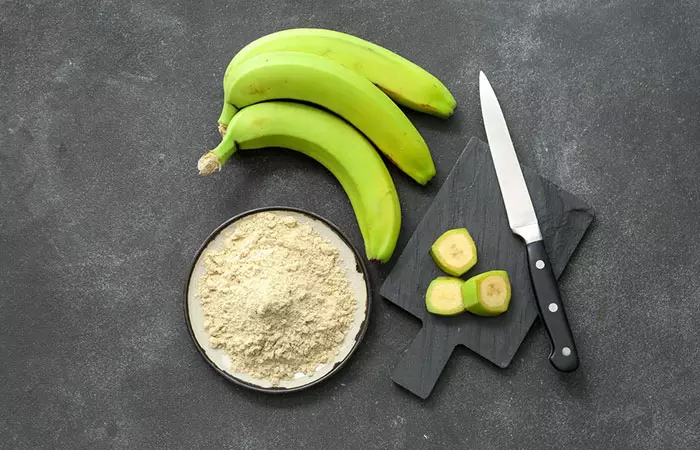
Green bananas are a useful addition to many recipes and a healthy snack that is sometimes overlooked. They are a distinctive part of a healthy diet because of their unique taste and texture, distinguishing them from their ripe counterparts.
Green bananas are raw and maybe a little harder to peel. You can cook them by boiling, steaming, or frying for a savory dish, or you can add them to smoothies for creaminess and nutrition. You can freeze them and coat them with dark chocolate. You may also use green banana flour to make pasta. A ripening banana can be used for cooking lip-smacking recipes such as pancakes, brownies, cakes, muffins, and bread. They can also be mashed and used as a soup or stew basis, or sliced into chips for a crunchy, healthful snack.
Mulunga, a food blogger, shares her frustration with peeling raw or green bananas: “Peeling raw or green bananas has always been a hustle for me, probably why I haven’t been cooking them. Whenever you peel green raw bananas, there is that sticky stuff that gets left behind on your fingers and hands. Plus there is a dark purplish stain that also sticks to your palms. She adds, “I have heard of tips like smearing your hands with oil before chopping raw green bananas, (or) soaking the bananas in salty water first (i)”.
 Quick Tip
Quick TipNeed more inspiration for how to cook green bananas? Check out the next section for some delicious yet simple recipes you can prepare at home.
Green Banana Recipes
Green Banana Fritters
Ingredients
- 3 green bananas, peeled and sliced
- ½ cup rice flour
- 1 cup all-purpose flour
- 2 tablespoons sugar
- 2 tablespoons desiccated coconut
- A pinch of baking soda
- ½ teaspoon salt
- ½ cup water
How To Prepare
- Add flour, sugar, baking soda, coconut, and salt to a bowl.
- Add water and whisk well to make a smooth batter.
- Dip the sliced bananas in the batter and deep fry them. Serve hot.
Green Banana Mash
Ingredients
- 3 green bananas, boiled and peeled
- 1 onion, chopped
- 1 tablespoon lemon juice
- ½ teaspoon pepper
- ½ teaspoon salt
How To Prepare
- Mash boiled bananas and add chopped onion, lemon juice, salt, and pepper to them.
- Serve as a side dish with rice and curry.
In one of the blog posts, the blogger explores Jamaican “Ackee & Saltfish with Boiled Green Bananas,” a traditional dish. It features ackee, the national fruit of Jamaica, and green bananas, which are unripe and low in sugar. Pollock is used for its protein and Omega-3 content, but the dish is salty. She says “I did read a warning that the starchiness can cause bloating/gas for some. I didn’t experience it and I had about 1/2 banana per serving – although I could have easily eaten more! (ii). ”
Infographic: 5 Health Benefits Of Green Bananas
Green bananas are high in nutrients that boost the digestive system and regulate blood sugar levels. They are also starch-resistant and high in fiber. Their many benefits have made them a favorite with many health practitioners. Let’s explore some of them in the infographic below.
Some thing wrong with infographic shortcode. please verify shortcode syntax
Green bananas are an unripe version of yellow bananas. These are rich in many vitamins and minerals that help treat many ailments. The benefits of green bananas can be attributed to their nutritional profile. They may improve digestive health, help lower blood sugar levels, aid in weight loss, and promote cardiovascular health. However, they may cause side effects in some people. Sensitive individuals or those allergic to latex may experience gas and bloating. Hence, practice caution.
Frequently Asked Questions
How should green bananas be stored?
Store green bananas at room temperature. Refrigerating them may slow down the ripening process and cause the peel to get darker. To ensure even ripening and minimize bruising, hang them in a cool, dry location.
Do green bananas have carbs?
Green bananas are a rich source of carbohydrates that are present in the form of resistant starch and fiber.
Can people with diabetes eat green bananas?
Yes, people with diabetes can eat them. These bananas have a low glycemic index. They also contain resistant starch that helps in improving sugar levels in the blood.
Are green bananas hard to digest?
Yes, they are a little hard to digest due to their resistant starch content. However, the bacteria in the gut can help digest them. Hence, they are safe to eat.
Are green bananas high in iron?
An average green banana (100 g) contains 0.26 mg of iron. Since it also has good quantities of other vitamins such as B6 and C, it helps with iron absorption.
Do green bananas make you constipated?
Traditionally, they are recommended for curing constipation as the fiber helps in stool movement. However, the complex starches may be hard to digest for certain individuals. There is no conclusive study to support the claim.
How long do green bananas last?
They take 3-5 days to ripen.
How much sugar does a green banana have?
An average green banana (100 g) has about 12 g of sugar. Most of it is starch.
How many bananas can someone with diabetes eat per day?
Eating bananas in moderation is important. One or two bananas a day should be the upper limit. Consult a doctor before including green bananas in your diet if you have diabetes.
What are the benefits of eating boiled green bananas?
Boiled green bananas are rich in resistant starch that helps in digestion. Boiling helps in breaking down the complex carbohydrates, making the bananas easier to digest.
Is raw green banana good for the skin?
Yes. Green bananas contain vitamin B6 (an important nutrient for skin development and maintenance) and vitamin C (a potent antioxidant that protects your skin from oxidative damage) (3), (21), (22).
Illustration: Green Bananas: Health Benefits, Nutrition Facts, And How To Eat

Image: Stable Diffusion/StyleCraze Design Team
Learn about the top 5 health benefits of green bananas. Click on the video below to discover why these delicious fruits are a great addition to your diet.
Personal Experience: Sources
StyleCraze's articles are interwoven with authentic personal narratives that provide depth and resonance to our content. Below are the sources of the personal accounts referenced in this article.
i. HOW TO PEEL RAW BANANAS HUSTLE FREEhttps://nairobikitchen.blogspot.com/2019/03/how-to-peel-raw-bananas-hustle-free.html
ii. Ackee & Saltfish with Boiled Green Bananas (Paleo / AIP Option / Pepper-free)
https://aycetobetterhealth.wordpress.com/2016/02/26/ackee-saltfish-with-boiled-green-bananas-paleo-aip-option-pepper-free/
References
Articles on StyleCraze are backed by verified information from peer-reviewed and academic research papers, reputed organizations, research institutions, and medical associations to ensure accuracy and relevance. Read our editorial policy to learn more.
- Falcomer, Ana Luisa, et al. “Health Benefits of Green Banana Consumption: A Systematic Review.” Nutrients, vol. 11, no. 6, 29 May 2019, p. 1222, US National Library of Medicine, National Institutes of Health
https://www.ncbi.nlm.nih.gov/pmc/articles/PMC6627159//// - Zandonadi, Renata Puppin, et al. “Green Banana Pasta: An Alternative for Gluten-Free Diets.”Journal of the Academy of Nutrition and Dietetics, vol. 112, no. 7, July 2012, pp. 1068–1072, Science Direct
https://www.sciencedirect.com/science/article/abs/pii/S221226721200473X - “Raw, Bananas” Food data Central, Nutrients, U S Department of Agriculture.
https://fdc.nal.usda.gov/fdc-app.html#/food-details/341529/nutrients - Kunzmann, Andrew T., et al. “Dietary fiber intake and risk of colorectal cancer and incident and recurrent adenoma in the Prostate, Lung, Colorectal, and Ovarian Cancer Screening Trial.” The American journal of clinical nutrition 102.4 (2015): 881-890.
https://www.ncbi.nlm.nih.gov/pmc/articles/PMC4588743/ - Topping, David L., and Peter M. Clifton. “Short-Chain Fatty Acids and Human Colonic Function: Roles of Resistant Starch and Nonstarch Polysaccharides.” Physiological Reviews, vol. 81, no. 3, 1 July 2001, pp. 1031–1064, US National Library of Medicine, National Institutes of Health
https://pubmed.ncbi.nlm.nih.gov/11427691/ - Rabbani, Golam H., et al. “Clinical Studies in Persistent Diarrhea: Dietary Management with Green Banana or Pectin in Bangladeshi Children.” Gastroenterology, vol. 121, no. 3, Sept. 2001, pp. 554–560, US National Library of Medicine, National Institutes of Health
https://pubmed.ncbi.nlm.nih.gov/11522739// - Dunji, B. S., et al. “Green Banana Protection of Gastric Mucosa against Experimentally Induced Injuries in Rats.” Scandinavian Journal of Gastroenterology, vol. 28, no. 10, Jan. 1993, pp. 894–898, US National Library of Medicine, National Institutes of Health
https://pubmed.ncbi.nlm.nih.gov/8266018// - Jenkins, D J, et al. “Glycemic Index of Foods: A Physiological Basis for Carbohydrate Exchange.”The American Journal of Clinical Nutrition, vol. 34, no. 3, 1 Mar. 1981, pp. 362–366, US National Library of Medicine, National Institutes of Health
https://pubmed.ncbi.nlm.nih.gov/6259925/ - Schwartz, S E, et al. “Sustained Pectin Ingestion: Effect on Gastric Emptying and Glucose Tolerance in Non-Insulin-Dependent Diabetic Patients.”The American Journal of Clinical Nutrition, vol. 48, no. 6, 1 Dec. 1988, pp. 1413–1417, US National Library of Medicine, National Institutes of Health
https://pubmed.ncbi.nlm.nih.gov/2849298// - Raben, A, et al. “Resistant Starch: The Effect on Postprandial Glycemia, Hormonal Response, and Satiety.” The American Journal of Clinical Nutrition, vol. 60, no. 4, 1 Oct. 1994, pp. 544–551,US National Library of Medicine, National Institutes of Health
https://pubmed.ncbi.nlm.nih.gov/8092089/ - Dan, Milana C. T., et al. “Colonic Fermentation of Unavailable Carbohydrates from Unripe Banana and Its Influence over Glycemic Control.” Plant Foods for Human Nutrition, vol. 70, no. 3, 20 June 2015, pp. 297–303, US National Library of Medicine, National Institutes of Health
https://pubmed.ncbi.nlm.nih.gov/26092708// - Burton-Freeman, Britt. “Dietary Fiber and Energy Regulation.” The Journal of Nutrition, vol. 130, no. 2, 1 Feb. 2000, pp. 272S-275S,US National Library of Medicine, National Institutes of Health
https://pubmed.ncbi.nlm.nih.gov/10721886// - Willis, Holly J., et al. “Greater Satiety Response with Resistant Starch and Corn Bran in Human Subjects.”Nutrition Research, vol. 29, no. 2, Feb. 2009, pp. 100–105, US National Library of Medicine, National Institutes of Health
https://pubmed.ncbi.nlm.nih.gov/19285600/ - Higgins, Janine A. “Resistant Starch and Energy Balance: Impact on Weight Loss and Maintenance.” Critical Reviews in Food Science and Nutrition, vol. 54, no. 9, Jan. 2014, pp. 1158–1166, US National Library of Medicine, National Institutes of Health
https://pubmed.ncbi.nlm.nih.gov/24499148/ - Di Lorenzo, Carlo, et al. “Pectin Delays Gastric Emptying and Increases Satiety in Obese Subjects.” Gastroenterology, vol. 95, no. 5, Nov. 1988, pp. 1211–1215,US National Library of Medicine, National Institutes of Health
https://pubmed.ncbi.nlm.nih.gov/3169489/ - Hoffmann Sardá, Fabiana A., et al. “Impact of Resistant Starch from Unripe Banana Flour on Hunger, Satiety, and Glucose Homeostasis in Healthy Volunteers.” Journal of Functional Foods, vol. 24, June 2016, pp. 63–74, Science Direct
https://www.sciencedirect.com/science/article/pii/S1756464616300524 - S;Araújo, Silva. “Women With Metabolic Syndrome Improve Antrophometric and Biochemical Parameters With Green Banana Flour Consumption.” Nutricion Hospitalaria, vol. 29, no. 5, May 2014, US National Library of Medicine, National Institutes of Health
https://pubmed.ncbi.nlm.nih.gov/24951987// - de Deckere EA;Kloots WJ;van Amelsvoort JM. “Resistant Starch Decreases Serum Total Cholesterol and Triacylglycerol Concentrations in Rats.” The Journal of Nutrition, vol. 123, no. 12, 5 June 2019,US National Library of Medicine, National Institutes of Health
https://pubmed.ncbi.nlm.nih.gov/8263609// - Haddy, Francis J., et al. “Role of Potassium in Regulating Blood Flow and Blood Pressure.” American Journal of Physiology-Regulatory, Integrative and Comparative Physiology, vol. 290, no. 3, Mar. 2006, pp. R546–R552,US National Library of Medicine, National Institutes of Health, US National Library of Medicine, National Institutes of Health
https://pubmed.ncbi.nlm.nih.gov/16467502/ - Wagner, S., and H. Breiteneder. “The Latex-Fruit Syndrome.” Biochemical Society Transactions, vol. 30, no. 6, 1 Nov. 2002, pp. 935–940, US National Library of Medicine, National Institutes of Health
https://pubmed.ncbi.nlm.nih.gov/12440950/ - Coburn, Stephen P., et al. “Cutaneous metabolism of vitamin B-6.” Journal of investigative dermatology 120.2 (2003): 292-300.
https://pubmed.ncbi.nlm.nih.gov/12542535/ - Pullar, Juliet M., Anitra C. Carr, and Margreet CM Vissers. “The roles of vitamin C in skin health.” Nutrients 9.8 (2017): 866.
https://www.ncbi.nlm.nih.gov/pmc/articles/PMC5579659/
Read full bio of Reda Elmardi
- Jenna Volpe, RDN, LD, has 11 years of experience as a holistic-minded registered dietitian, functional nutritionist, clinical herbalist, and energy healing practitioner. She adopts a “food as medicine” approach to resolve her clients' issues. She completed her bachelor’s degree in Nutritional Sciences from Boston University in 2010 and dietetic internship from the University of New Hampshire in 2011.
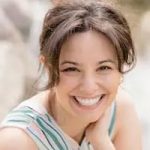 Jenna Volpe, RDN, LD, has 11 years of experience as a holistic-minded registered dietitian, functional nutritionist, clinical herbalist, and energy healing practitioner. She adopts a “food as medicine” approach to resolve her clients' issues. She completed her bachelor’s degree in Nutritional Sciences from Boston University in 2010 and dietetic internship from the University of New Hampshire in 2011.
Jenna Volpe, RDN, LD, has 11 years of experience as a holistic-minded registered dietitian, functional nutritionist, clinical herbalist, and energy healing practitioner. She adopts a “food as medicine” approach to resolve her clients' issues. She completed her bachelor’s degree in Nutritional Sciences from Boston University in 2010 and dietetic internship from the University of New Hampshire in 2011.
Read full bio of Ravi Teja Tadimalla
Read full bio of Arshiya Syeda
Read full bio of Aparna Mallampalli








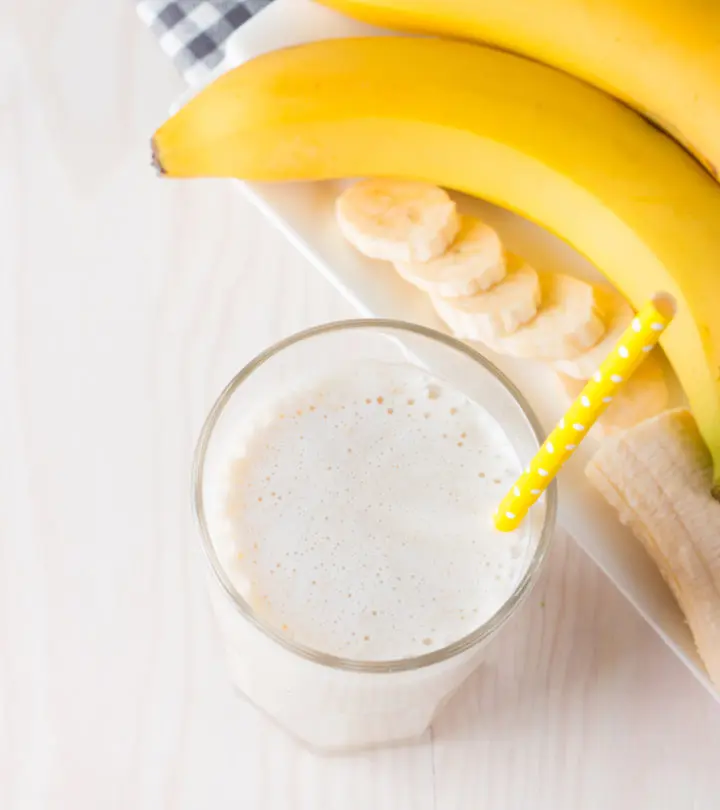
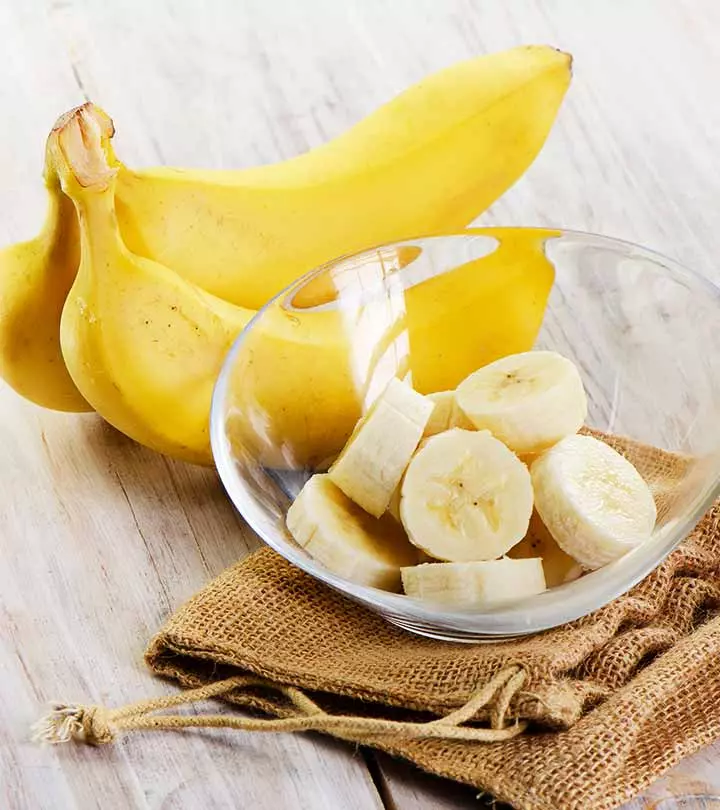
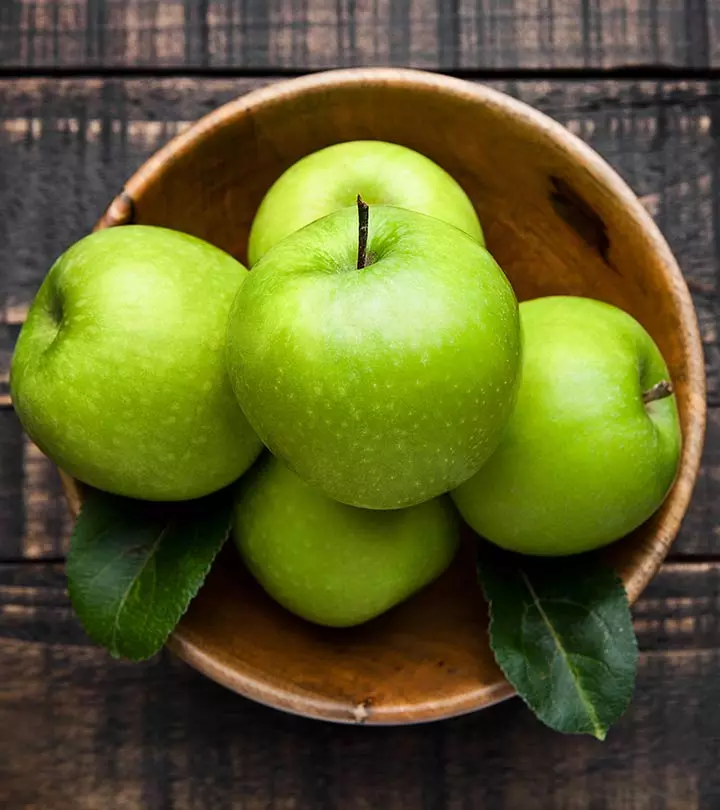
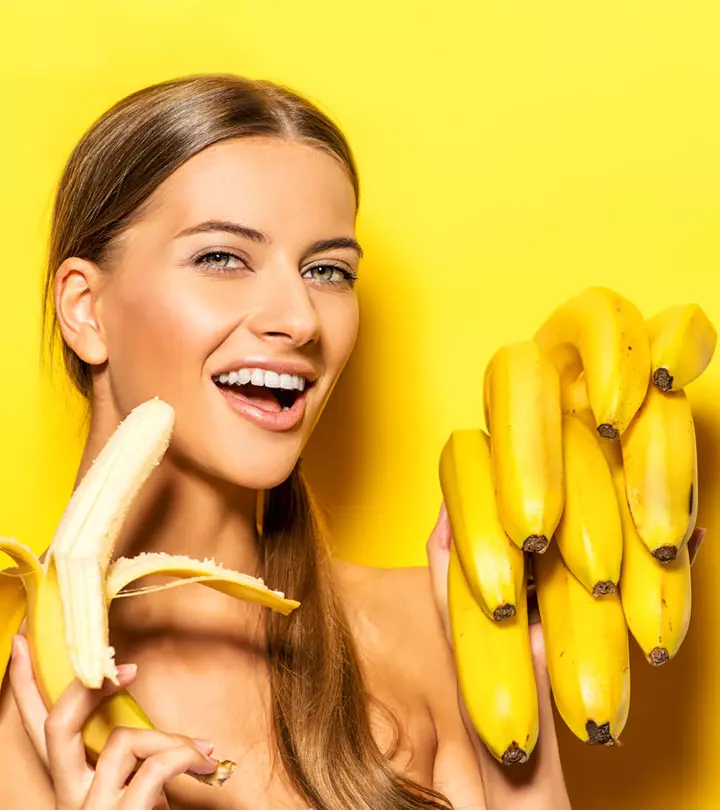

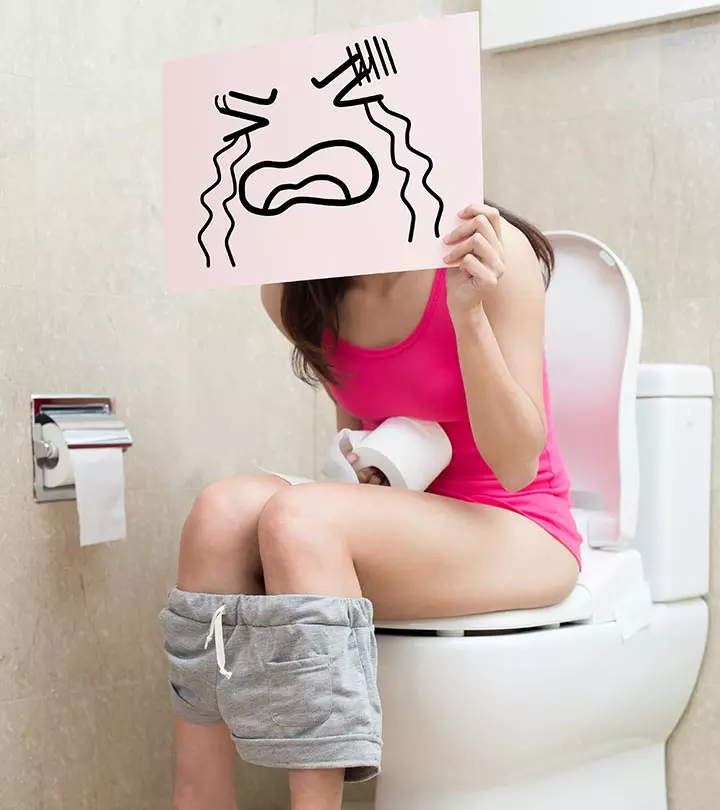

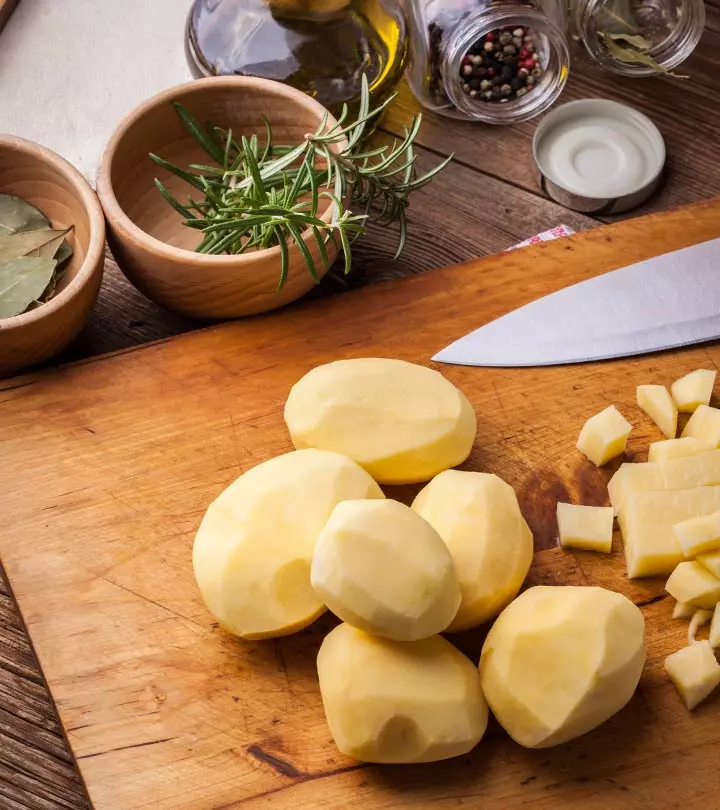


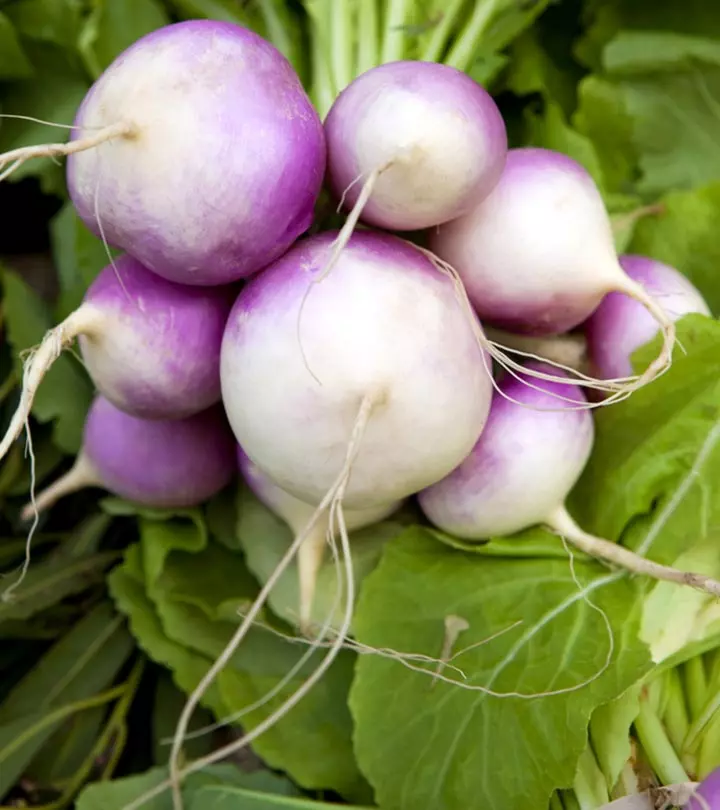
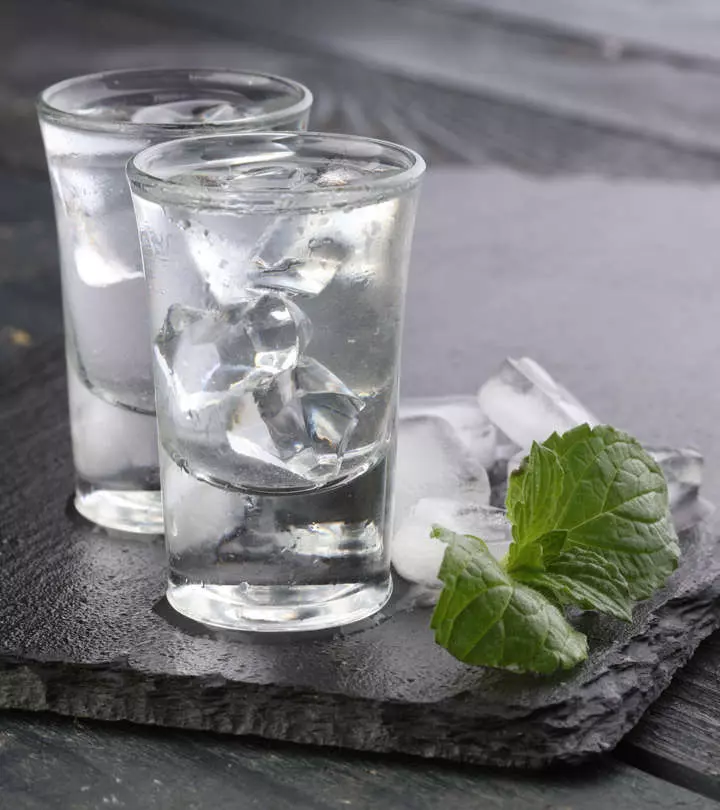
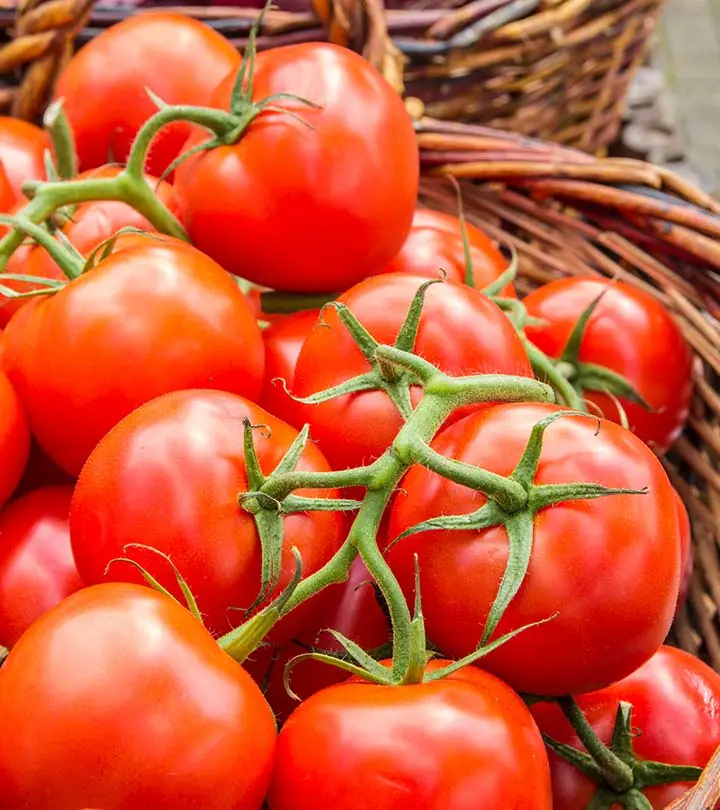
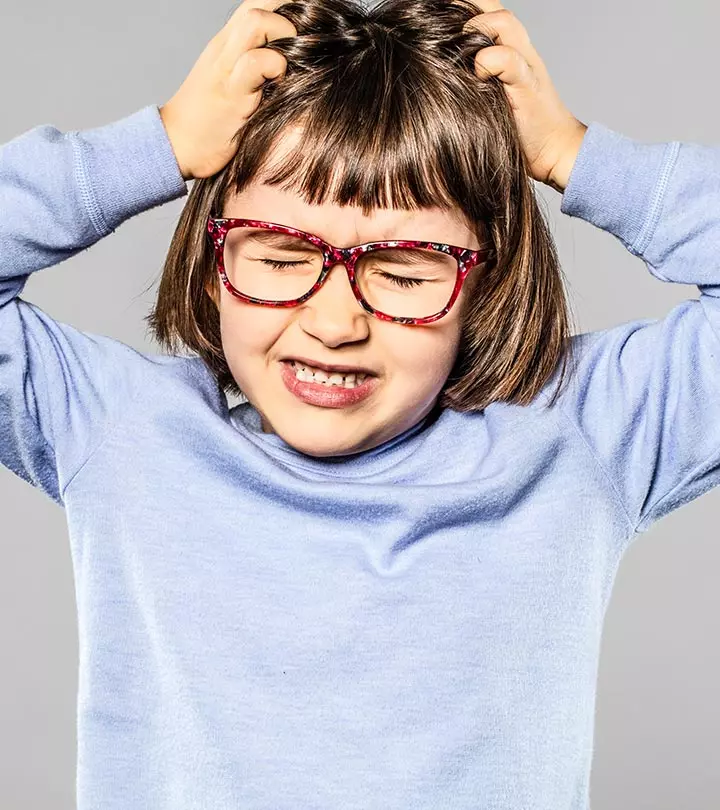

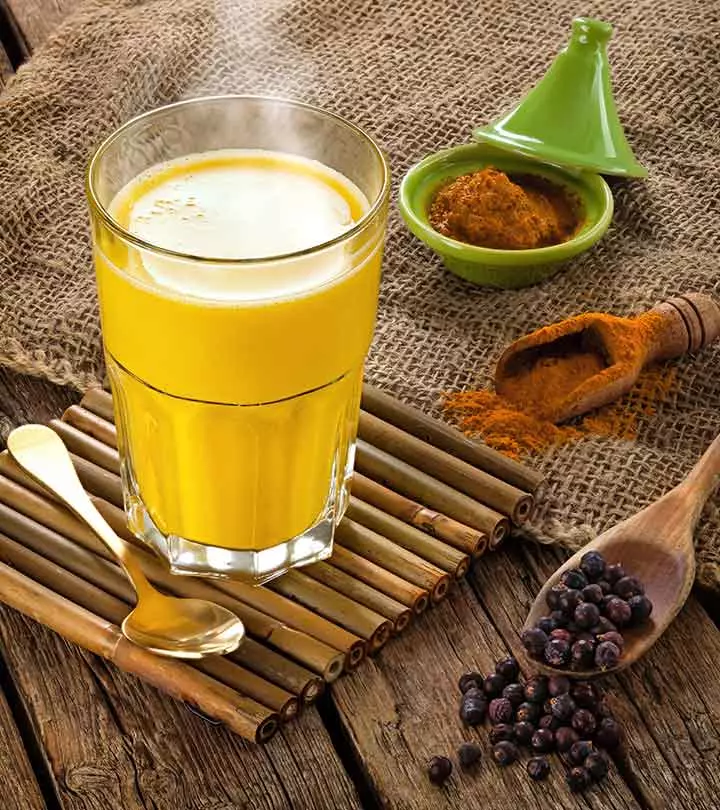
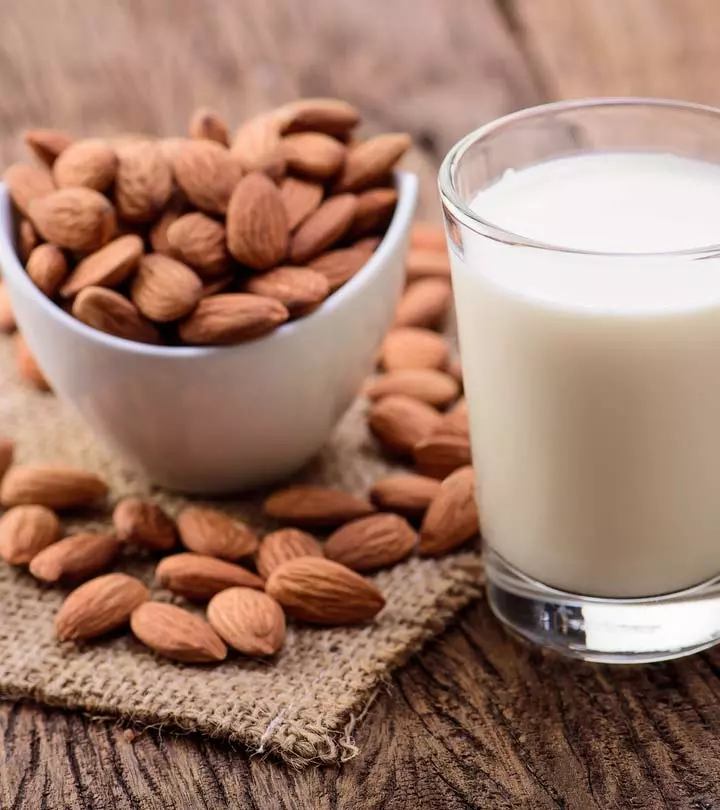
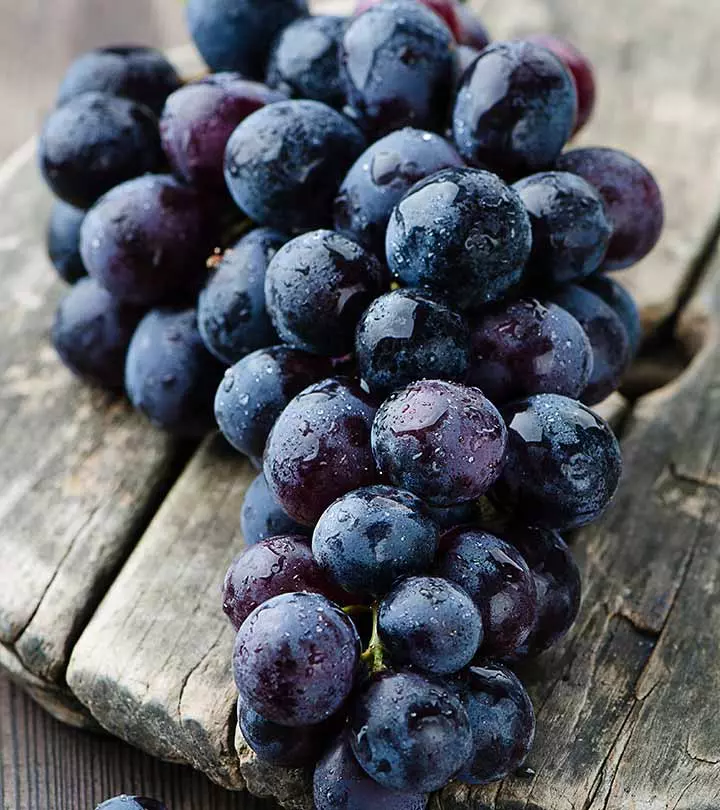
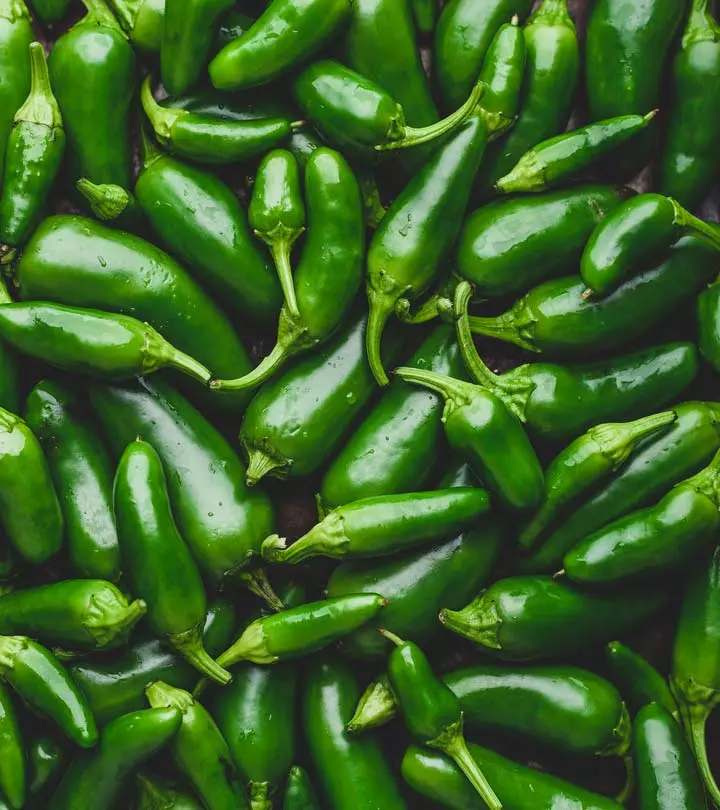
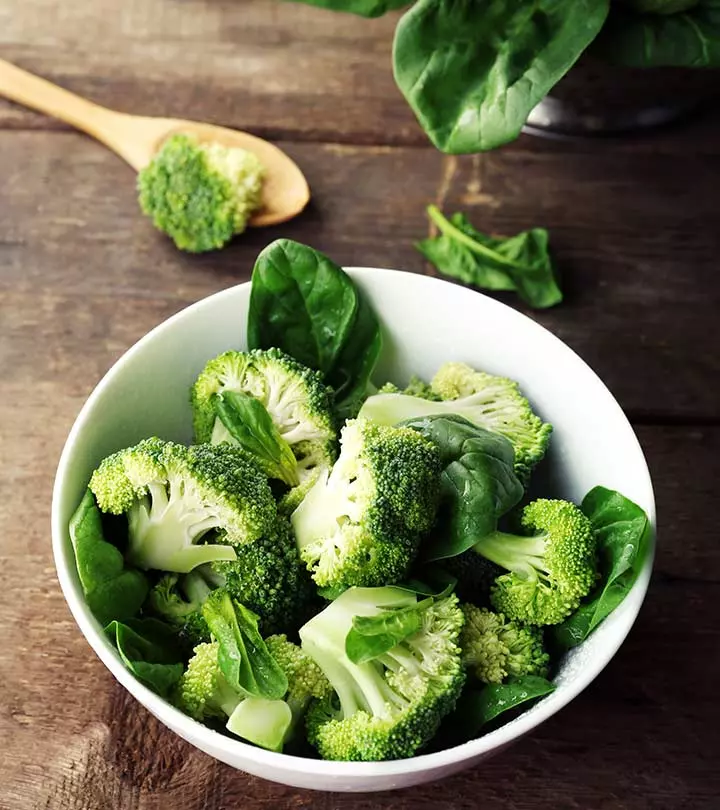
Community Experiences
Join the conversation and become a part of our empowering community! Share your stories, experiences, and insights to connect with other beauty, lifestyle, and health enthusiasts.